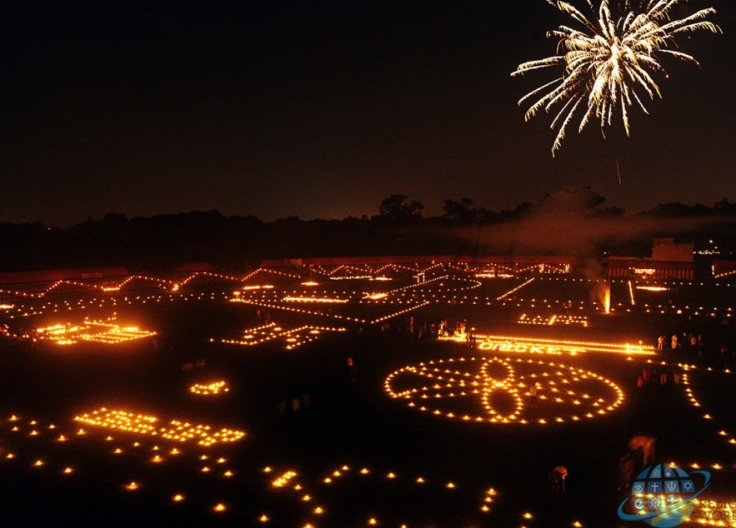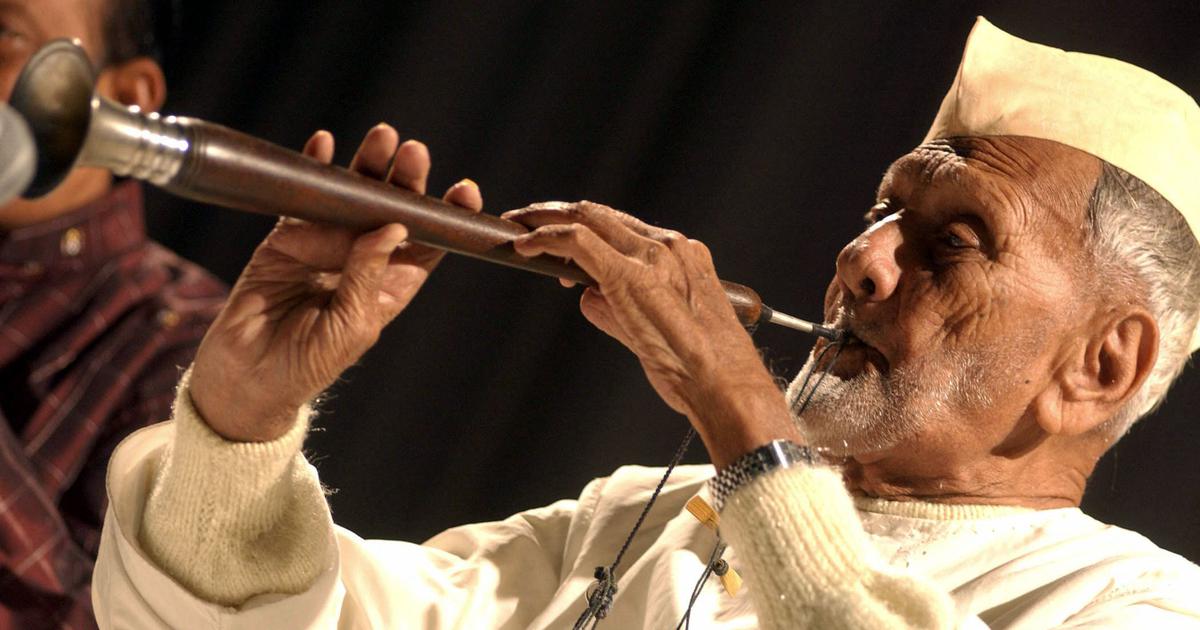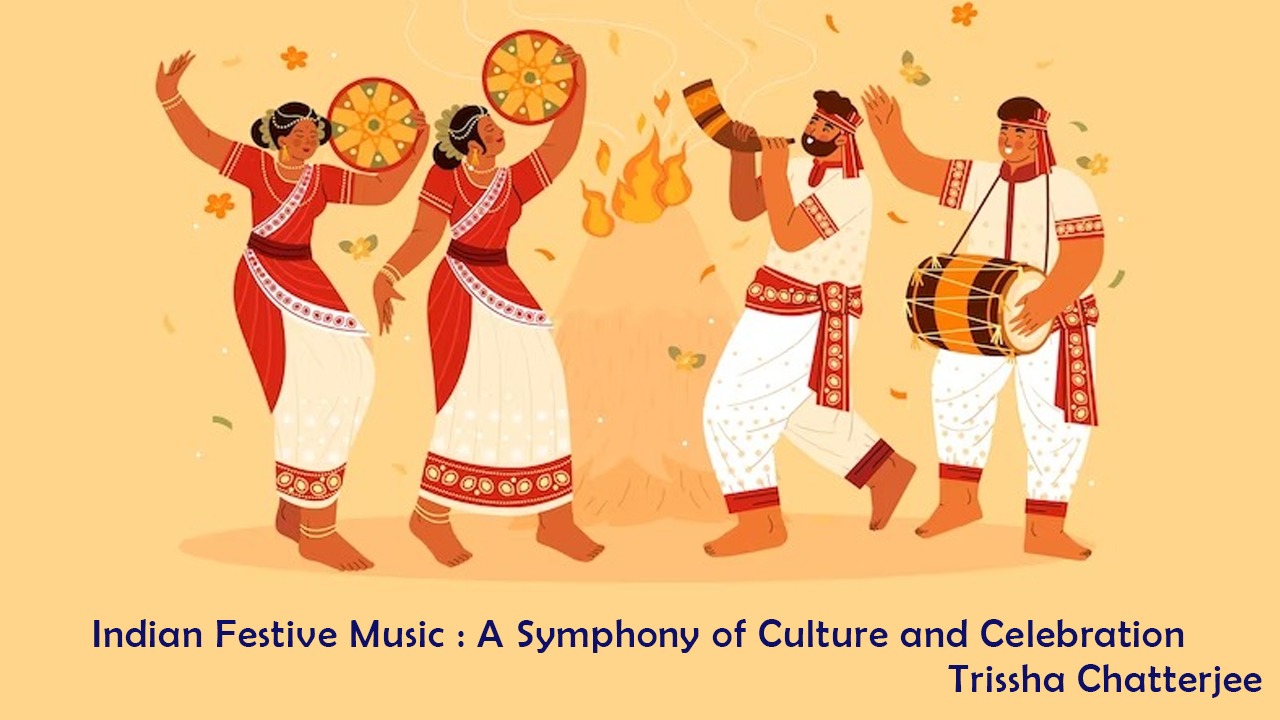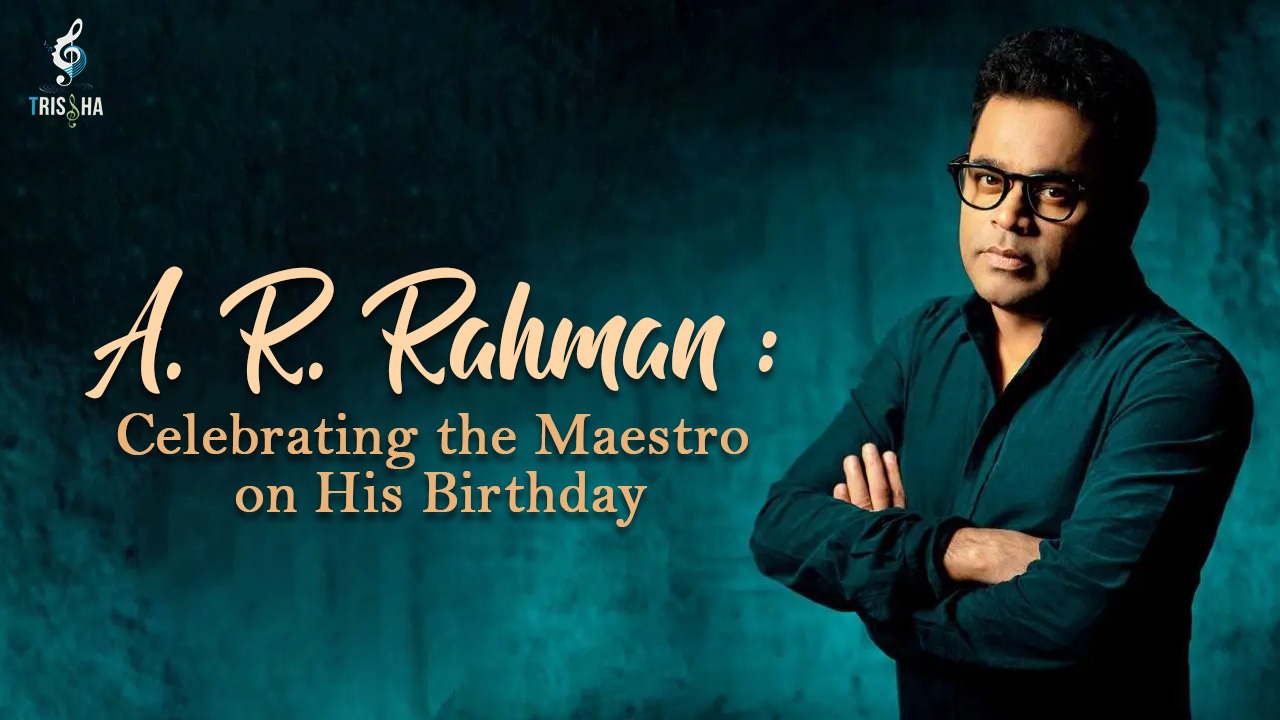Ancient Music of India
India, a land of diverse cultures and traditions, has a rich heritage of music that dates back thousands of years. The ancient music of India, rooted in spirituality and profound philosophical principles, has left an indelible mark on the country’s cultural tapestry. In this blog, we embark on a journey to unravel the enchanting melodies and rhythms that once echoed through the corridors of ancient India.
Origins and Classical Foundations:
The origins of Indian music can be traced back to the sacred Hindu scriptures known as the Vedas. The ancient sages, inspired by the cosmic sounds they perceived in nature, laid the foundations of classical Indian music. Two major classical traditions emerged from this era: the Hindustani music of North India and the Carnatic music of South India. These traditions have evolved over centuries, preserving the essence of the ancient music.
Ragas and Rhythm:
Central to Indian music are ragas, melodic frameworks that evoke specific moods and emotions. Each raga is a unique combination of musical notes and has its own set of rules and associations. The intricately woven rhythms, known as talas, provide the rhythmic structure and enhance the expressive power of the music.
Instruments and Ensembles:
Ancient Indian music embraced a wide range of musical instruments. The veena, sitar, sarod, and sarangi were popular string instruments, while the bansuri and shehnai enchanted listeners with their melodious tones. Percussion instruments such as the tabla, mridangam, and pakhawaj added depth and vitality to the compositions. Traditional ensembles like the jugalbandi (duet) and sampradaya (orchestra) showcased the virtuosity of the musicians.
Devotional and Folk Music:
Ancient Indian music served not only as a means of entertainment but also as a path to spiritual awakening. Bhajans, kirtans, and qawwalis emerged as devotional genres, enabling people to connect with the divine. Folk music, deeply rooted in regional cultures, reflected the joys, sorrows, and everyday lives of the people. These forms have continued to thrive, preserving the essence of ancient music in modern times.
Influence and Legacy:
The ancient music of India has had a profound influence on various musical traditions around the world. The concept of improvisation, intricate ornamentation, and the use of microtones found in Indian music have inspired musicians globally. From the fusion experiments of Ravi Shankar to the collaborations between Indian and Western classical musicians, the legacy of ancient Indian music continues to inspire and transcend cultural boundaries.
Conclusion:
The ancient music of India serves as a testament to the country’s rich cultural heritage. Its deep-rooted spirituality, intricate melodies, and rhythmic complexities have captivated audiences for centuries. By exploring the origins, ragas, instruments, and genres, we gain a glimpse into the vibrant tapestry of ancient Indian music. Let us cherish and celebrate this timeless art form that continues to resonate across generations, keeping alive the echoes of our past.







There are no comments